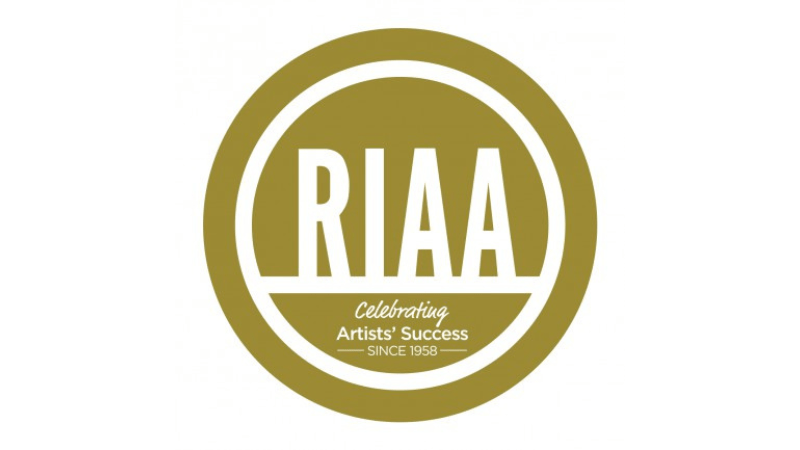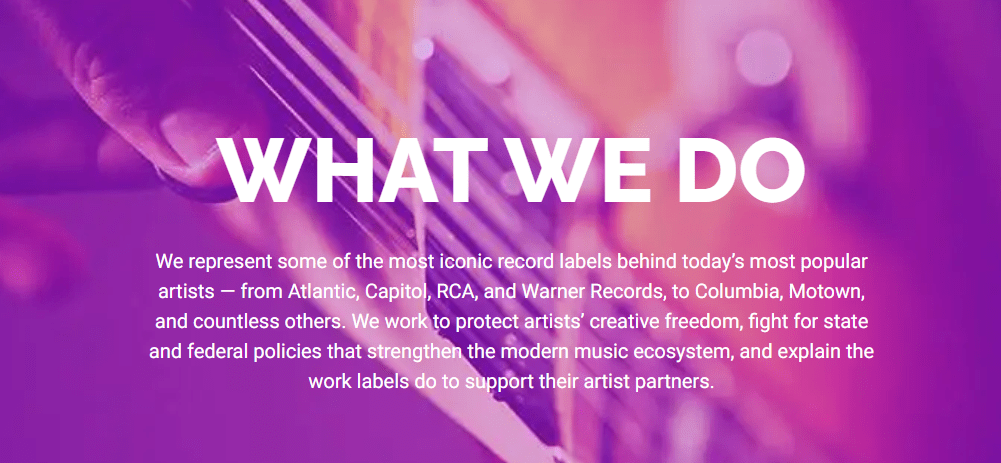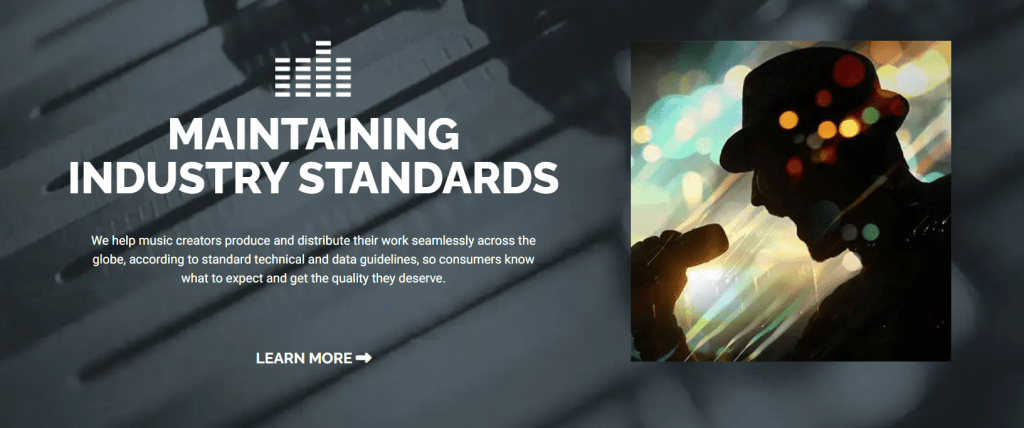As you’re well aware, the advent of music streaming has sparked a profound transformation. This shift isn’t just for artists and listeners; it’s a seismic change that’s reverberating through the very foundations of the music industry. Labels, recording companies, studios, executives, bosses, and certification bodies have all been forced to adapt, revising their rules to accommodate this new era. But how exactly do streaming numbers translate into album sales?

The answer lies in some surprisingly intricate calculations that we’re about to unveil.
How do streaming numbers translate into album sales? A bit of history
For a long time, a very long time in fact, everything seemed quite simple. Listeners only consumed music in physical format, on CD or vinyl. They went to record stores or any store that sold albums, bought what they wanted, and their purchases were counted as a single sale. No other metrics, no calculations, one sale equals one sale. And that’s it.
Back in 1958, the Recording Industry Association of America (RIAA), a body formed six years earlier in the United States and composed of private companies controlling record labels, began to consider a classification system. This was a pivotal moment in the industry’s history. For decades, Billboard has been the go-to source for charts of songs and albums, providing a window into the music that’s capturing the hearts of the United States.

It must be said that the public loves charts. So do artists and their labels. Being number one is not only a sign of popularity but also fuels the marketing machine. It is also often a sign of quality and proof that their music has reached the widest audience. Listeners and artists are glued to the Billboard charts, which are released weekly. Everyone loves the numbers!
On all fronts!
The RIAA has a range of missions, but its primary one is to address copyright issues and protect the rights of recording artists. It’s not just a regulatory body; it’s a watchdog, ready to step in and take action when necessary. When Napster made millions of downloadable MP3s available for free and illegally in 1999, the RIAA didn’t hesitate to sue, demonstrating its commitment to upholding the integrity of the industry.
It goes without saying that in recent years, with the development of Artificial Intelligence and all the problems it entails in terms of protecting musicians’ works, the RIAA has its work cut out for it.

Beyond all this and many other missions, the RIAA is looking for a way to reward albums, songs, and artists who exceed a certain sales threshold. As we’ve said: numbers, numbers, and nothing but numbers. Giving them a trophy could be an interesting way to reward, at least symbolically, the headliners.
The solution was found: gold, platinum, or diamond records would be produced based on several levels. The idea gained support and was quickly implemented. But you still need to understand how the calculations work.
How do streaming numbers translate into album sales? The maths
Between roughly the 1960s and the early 2000s, the calculation couldn’t be more straightforward. Physical sales were the only metric to consider. In 1958, the first gold records arrive. For singles, they represented a total of one million sales, and for albums, a total of one million dollars in value generated. In 1975, an additional parameter was added: for an album to be certified gold, it must also have sold 500,000 copies.
It wasn’t until 1976 that platinum certification appeared. After one million sales, artists have a platinum disc. Then, eight years later, another milestone: multi-platinum, after two million sales, and so on. A new milestone was reached in 1999, with diamond certification, after two million physical sales.

But the advent of streaming changed everything. In a very short time, physical sales declined drastically. The internet took over, consumption patterns changed, and music became digital. While Spotify, Apple Music, TIDAL, Deezer, and all the other platforms gained momentum and attracted millions of users, artists saw their songs accumulate millions of streams.
But what is their value? From a financial perspective, we’ve already detailed what these streams represent in terms of pay-per-stream in this article. But for the RIAA, where does that leave us? At what point should an album be considered gold, platinum, or diamond? Is one stream of an album equal to one sale? After months and months of reflection, the following system was adopted:
The album-equivalent unit
From 1,500 streams, the RIAA considers an album to be sold. It’s as simple as that. An album that generates, for example, 412,500,000 streams is equivalent to 275,000 sales according to the old calculation system, based on physical copies sold.

The RIAA then distributes certifications. These haven’t changed, and we’ll remind you: for 500,000 albums sold, you get a gold-certified album. Twice as many sales, and you’re a platinum-certified artist. For 10 million, you get a diamond certification. Another calculation exists, this time for songs, not albums. The RIAA has estimated that 150 streams of a song equals one sale of a song. All this streaming data is added to physical sales, primarily CDs and vinyl, to form a number that encompasses both physical and digital sales. Pretty complicated, isn’t it?
This is called the album-equivalent unit. A calculation designed by the RIAA taking into account the old value of music, when the market was simply physical, and the new data of music streaming.
How do streaming numbers translate into album sales? Billboard sums everything up
A form of officialization of these new calculations came on December 13, 2014, when Billboard introduced the album-equivalent unit methodology into its charts for the first time. You can imagine the headache this must have been to implement, given that streaming platforms are sometimes reluctant to disclose their statistics.

To create its charts, Billboard gathers data from all existing streaming platforms, combines them, and forms a ranking. This is what they call a multi-metric measurement. And this is the first time in twenty-three years that Billboard has changed its calculation method. Suffice it to say, this amounts to a small revolution! According to the organization, the goal is to give a “better sense of an album’s popularity by reflecting not just sales, but consumption activity.”
For Billboard, Darren Stupak, executive vice president of U.S. Sales and Distribution at Sony Music Entertainment, sums up these new objectives:
“The new methodology for the Billboard 200 is a welcome and necessary evolution of Nielsen and Billboard’s album chart data. How fans consume music, and how music is monetized, have grown beyond the traditional metrics of album sales. Music consumption in today’s marketplace is a diverse mix of access and acquisition, including on-demand streaming, track and album downloading, and physical product purchasing. The introduction of this expanded scope chart brings the Billboard 200 more closely in line with the multi-platform, multi-format experience of music fans.”
Yet another illustration of how music streaming has changed the rules of the game!
How can you transfer your data from one streaming platform to another?
As you can imagine, Soundiiz has no involvement and no impact on the calculation of album sales in the streaming era. And, spoiler alert, we don’t issue gold or platinum records either. What we do, however, and what we’ve done well for years, is allow you to manage your streaming library as simply and quickly as possible.

With the emergence of streaming as the primary means of music consumption, we’ve implemented a Transfer feature, on which we’ve built our reputation.
It allows you to transfer all your data—playlists, liked songs, artists, and albums—from Spotify to Deezer, from Spotify to Apple Music, from Spotify to TIDAL, from Spotify to YouTube Music, or any other path involving any source or destination platform. Our services are compatible with Spotify, Apple Music, Qobuz, TIDAL, Deezer, Amazon Music, YouTube Music, and others… You name it!

And, importantly, we also have a free version, which will allow you to transfer numerous references without spending a cent. At a time when many users want to try streaming platforms to change their habits, but are afraid of losing all their accumulated data, Soundiiz is an ideal all-in-one solution that will make your transfer as quick as it is painless.
To test our Transfer feature, click here!



